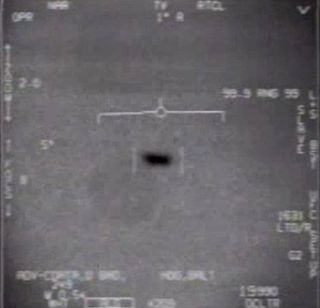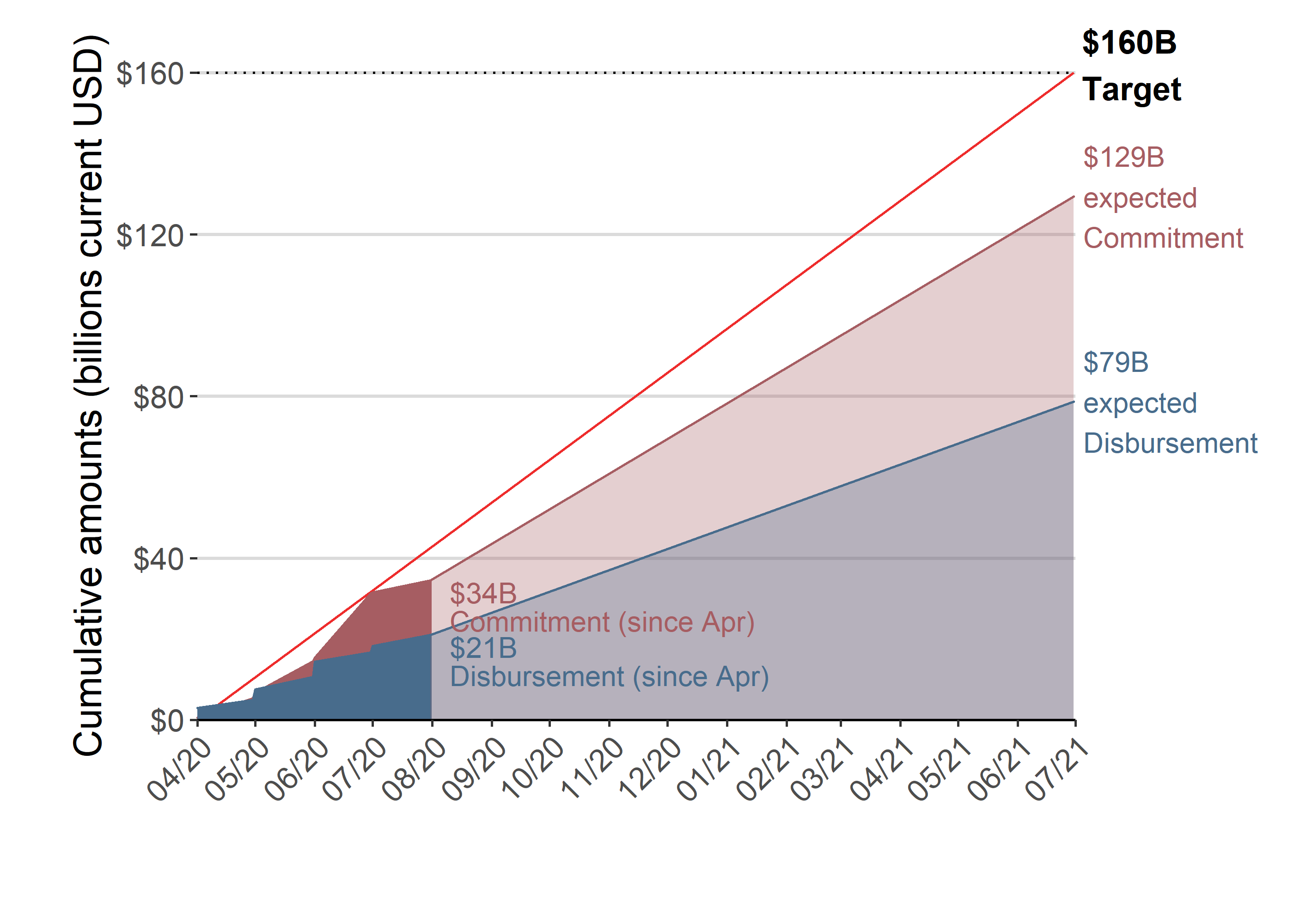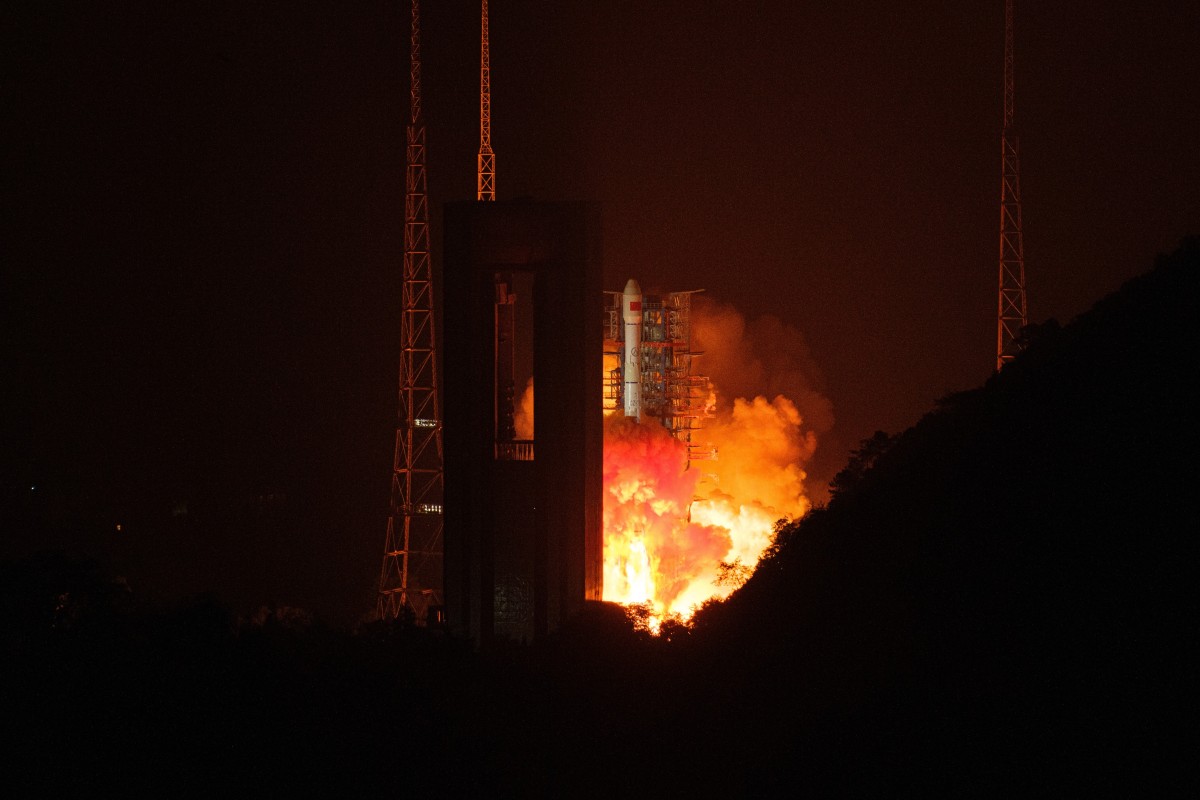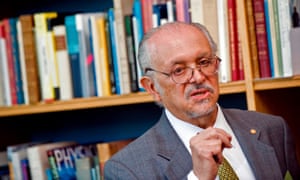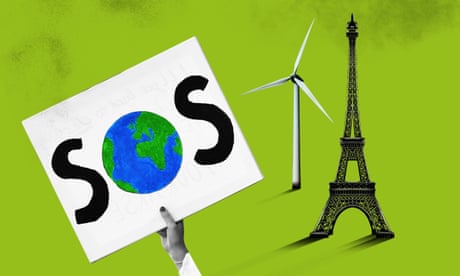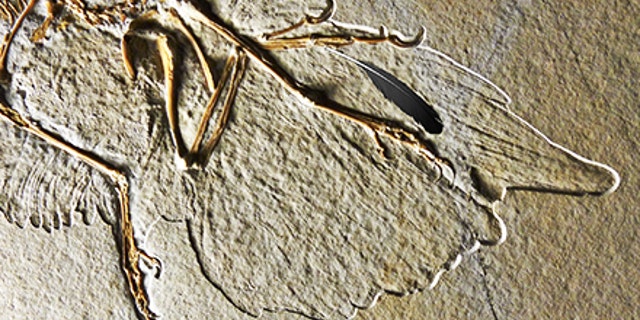by Steve Cohen, State of the Planet

As bad as things are this year, I confess that I remain an optimist and believe we will figure out the crises we now confront and make the world less bad than it is today. COVID-19, climate, equity, racism and poverty are real and daunting public policy problems. There are crazy people in the world that want to kidnap governors, kill a man with a relentless knee to his neck, party without masks, and don't think that COVID-19 and climate change are real. But most people see the world as it is, and I find people generous and typically willing to help those in need. A growing number of people worry about our planet becoming contaminated and want to ensure their behavior doesn't make things worse.
The importance of protecting our air, land and water is a shared value. Polluters develop elaborate excuses and rationalizations to defend their pollution because they know that harming the environment is a bad thing and most people see the world that way. The polluters themselves see the world that way- they can't help sharing those values. There is this nagging feeling in the back of our mind that the world is getting more crowded and the resources we once relied on are not always available. The well we dug when we first moved into our home is now contaminated and we need to pay to pipe in filtered "city water." The quiet country road we drove on when we were kids is now a highway. The woods we used to camp in were ripped out to build a strip mall. The Not in My Backyard syndrome or "NIMBY" comes from a desire to preserve current land uses and prevent new ones that might change a status quo we are often eager to maintain. We are told that there is a trade-off between economic wealth and environmental protection, but if there is a trade-off, we don't feel good about it. I should note that I consider this a false trade-off and that economic development that damages the environment brings short-term benefits at the expense of much greater long-term costs. And the costs can be avoided with ingenuity, scientific analysis and carefully considered actions.
We don't want to be regulated and told what to do but we also don't want other people to contaminate the air, land and water we rely on. We don't want to do without modern conveniences like autos, jets and air conditioners, but we sure wish we could have that stuff without damaging our planet. The ethical value of environmental protection is one that is widely shared. At the start of the environmental movement in the 1960s, the issues were easier to understand. Residents of Los Angeles could see and smell the smog. Orange rivers that caught fire were obviously not clean or safe. The toxic waste from the landfill oozing into your basement seemed like an invasion by something alien and evil.
But then the issues became more subtle and complicated. We always had forest fires and hurricanes but somehow climate change made them worse. Viruses were always with us, but as in the case of COVID-19, they cannot be seen or smelled. These forms of damage require the interpretation of environmental and medical experts. We have to trust them to be honest and correct. Some people refuse to make that leap of faith, but most people know what they don't know and are willing to trust experts. We put our lives in the hands of medical doctors not because we like it, but because we come to realize we have no choice. We live in a complicated, high-tech world, and we rely on experts to make it work.
We think about the issues that experts call to our attention- from COVID-19 to climate change and it challenges us to identify behaviors we could modify to address them. Some of these behaviors are under our control: social distancing, wearing masks, installing solar panels or LED lights, and support for public policies that enable us to collectively address these issues. Some are behaviors not under our control, like finding yourself standing next to a person who refuses to wear a mask and is an asymptomatic carrier of COVID-19. People's values favor the freedom to move about freely in society and go mask-less whenever they want, but their values also cause them to want to protect their loved ones from harm.
Similarly, more and more people are thinking about their carbon footprint, but think about it when they turn on their air conditioner or are driving their car to work. Their values could and sometimes do, result in changed behaviors. They may look for a mass transit method of commuting, find a place to live that is closer to work, work more often from home, and purchase a more energy efficient auto and air conditioner. These values are based on a shared perception of how the world works and our current environmental conditions. It does not lead to a uniform response, but it does represent a cultural shift from the way we lived half a century ago, at the dawn of the environmental era. Fifty years ago, no one even knew they had a carbon footprint.
The culture and values of sustainability cut across ideological lines in America, but unfortunately, many of our environmental policy proposals are not designed to take advantage of that common understanding. The environmental policy of the 1970s and 1980s was largely command-and-control regulation: a necessity in a time that required new rules of the road. But despite recent attacks by the Trump Administration, those rules are hard-wired into America's legal system. They may be weakened but no Congress will legislate their end. In fact, the administration sought to weaken regulations because they knew Congress would never weaken our environmental laws. But perhaps the command-and-control model is not appropriate for decarbonization. In my view, our approach to climate change policy adheres to that same model and does not build on our shared understanding of environmental conditions. Instead, it focuses on punishing those who use fossil fuels by charging them more to use them. A more practical approach would seek to transform the fossil fuel and electric utility industry into a renewable energy business. It would use public resources to ease the impact of that transition on fossil fuel workers and owners and make decarbonization a national project built on the shared value of building a modern, sustainable energy system.
Climate change and our pattern of land use development have exacerbated the impact of extreme weather on our energy system. People now routinely experience blackouts. Generator sales have increased dramatically. A decentralized, smart-grid system based on renewable energy has a lot of appeal when compared to getting by without electricity for a few weeks. A broad consensus could be built: homeowners get reliability, environmentalists get decarbonization, workers get jobs and owners are able to be compensated for their now less valuable fuels and infrastructure.
The ideological environment in politics today favors those at the extremes. Power is achieved and maintained by defining those you disagree with as enemies and as bad people. We feel this polarization and see it every day, and yet I believe that this presidential campaign has demonstrated the desire for a return to normal political discourse characterized by mutual respect and compromise. The need for environmental sustainability and global efforts to mitigate climate change is obvious to about 70% of all Americans. We disagree on policy methods but not policy objectives. We need to avoid spiking the ball in the endzone and start talking to each other about our shared values and develop environmental policies that reflect those values. The funding model of many interest groups is based on scaring people into believing that the enemy is at the city gates: "Only giving us access to your credit card can avert disaster." The danger is reinforced by social media and has resulted in the dysfunctional policy paralysis we now live within. The only way out is by learning to listen to each other and forging compromises. The alternative is too dire to contemplate.
Explore further



